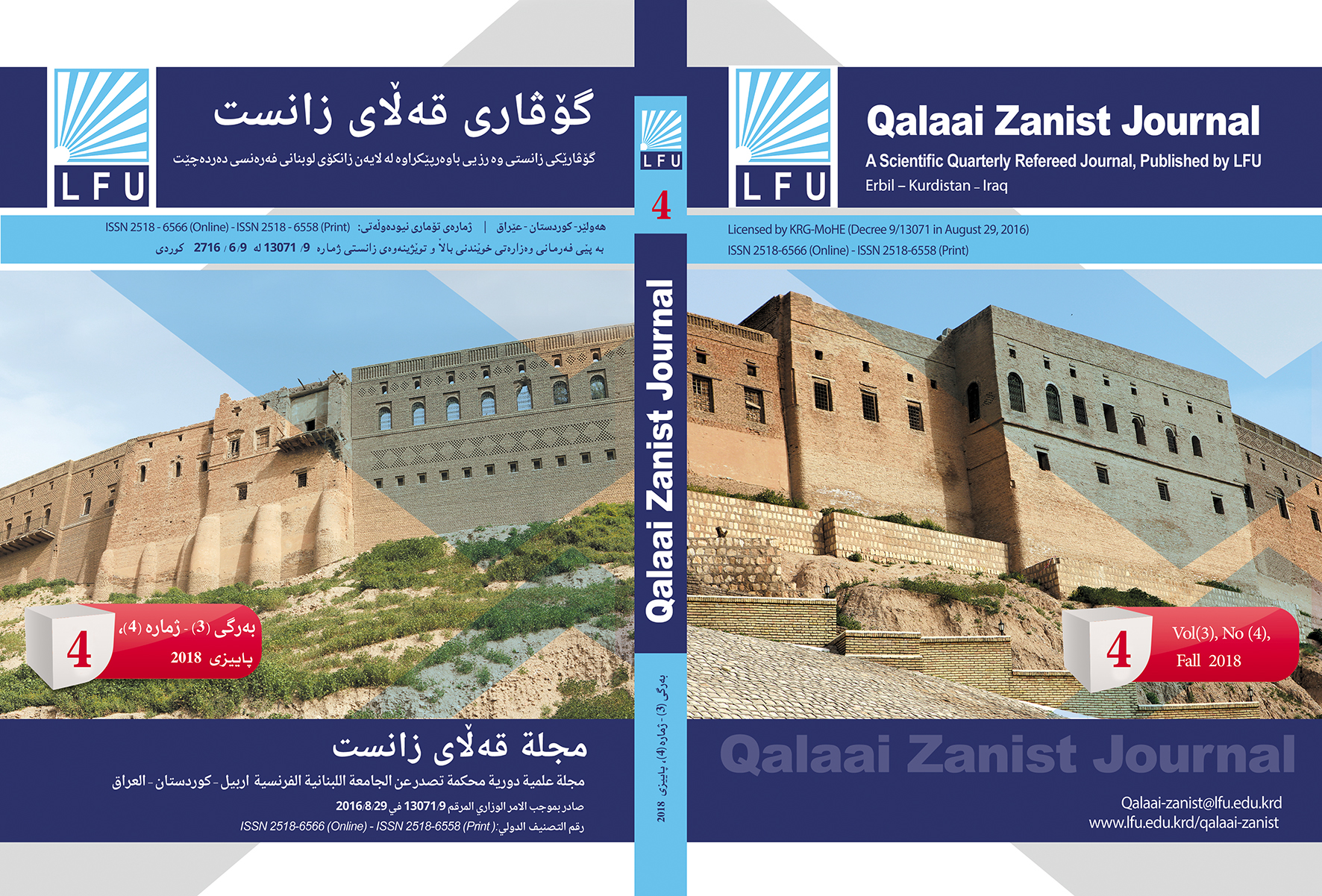Issues surrounding the Rregistration of a Single Colour as a Trade Mark
##plugins.themes.bootstrap3.article.main##
Abstract
Trade marks play a key role in trading since the customer is able to differentiate the goods and services of one company from the ones of another through the trademark which is usually put on the product or the service. Traditional trademarks are, somehow, easier to be protected by way of registration. However, there are now nontraditional trade marks (particularly a colour per se) that might not enjoy protection due the fact that the registration requirements of such marks may not be easily satisfied on the one hand; and, on the other hand, granting protection to a single colour for example might be very counterproductive and hinder competition. This paper, therefore, critically analyses the issues facing the registration of a single colour as a trade mark and the possibility of such registration under the Iraqi law. It also elaborates the issues that may face traders in the Kurdistan Region and Iraq in case they intend to register a single colour as a badge of origin for their goods and services.
Downloads
##plugins.themes.bootstrap3.article.details##
How to Cite
Copyright (c) 2018 Govan Tahseen Shukri

This work is licensed under a Creative Commons Attribution 4.0 International License.

